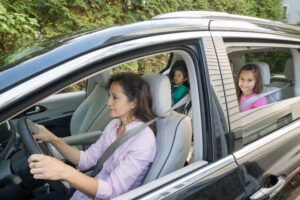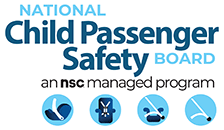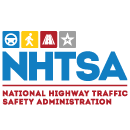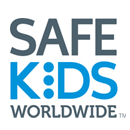 In motor vehicle crashes, car seats and seat belts save lives.
In motor vehicle crashes, car seats and seat belts save lives.
In fact, the National Highway Traffic Safety Administration estimates car seats reduce the risk of fatal injury by 71% for infants (younger than 1 year old) and by 54% for toddlers (1 to 4 years old) in passenger cars. Get free resources from NHTSA to help you answer questions and educate parents and caregivers:
- Seat belt safety for Tweens (ages 8-14): When is my child ready to use a seat belt? Keep your children in boosters seats until they outgrow the size limits of the booster seats or are big enough to fit correctly in seat belts.
- Watch the When Your Child is Ready for a Seat Belt video to learn more.
- Use the Checklist for Seat Belt Fit to determine if your child is ready to use a seat belt.
- If you’re pregnant: Seat belt recommendations for drivers and passengers.
- Myth vs. the real deal: Answer these questions to dispel myths surrounding seat belt safety.
- What’s your seat belt IQ? Put yourself to the test with this T or F quiz.
Did you know? When adults buckle up, their children are more likely to buckle up, too.
Share this safety video: Beyond Booster Seats. Learn how to motivate your tweens to buckle up.
Back Seat Safety
In 2022, nearly 60% of back seat passengers killed in crashes were unbuckled, according to NHTSA.
- Being buckled keeps you safe and secure inside a vehicle; being ejected in a crash can be deadly.
- Buckle your seat belt on every trip and in all forms of transportation, including taxis, limousines and rideshare vehicles.



